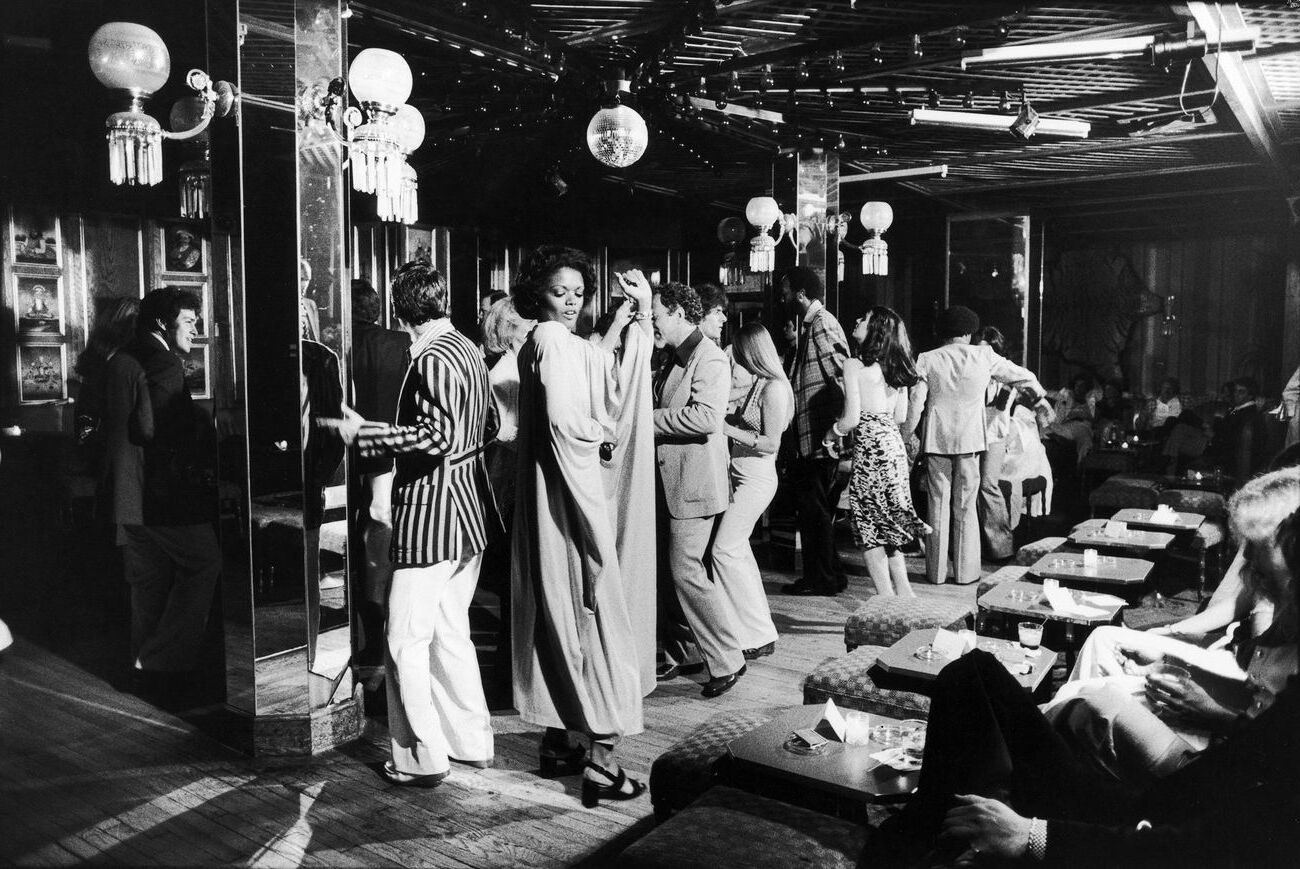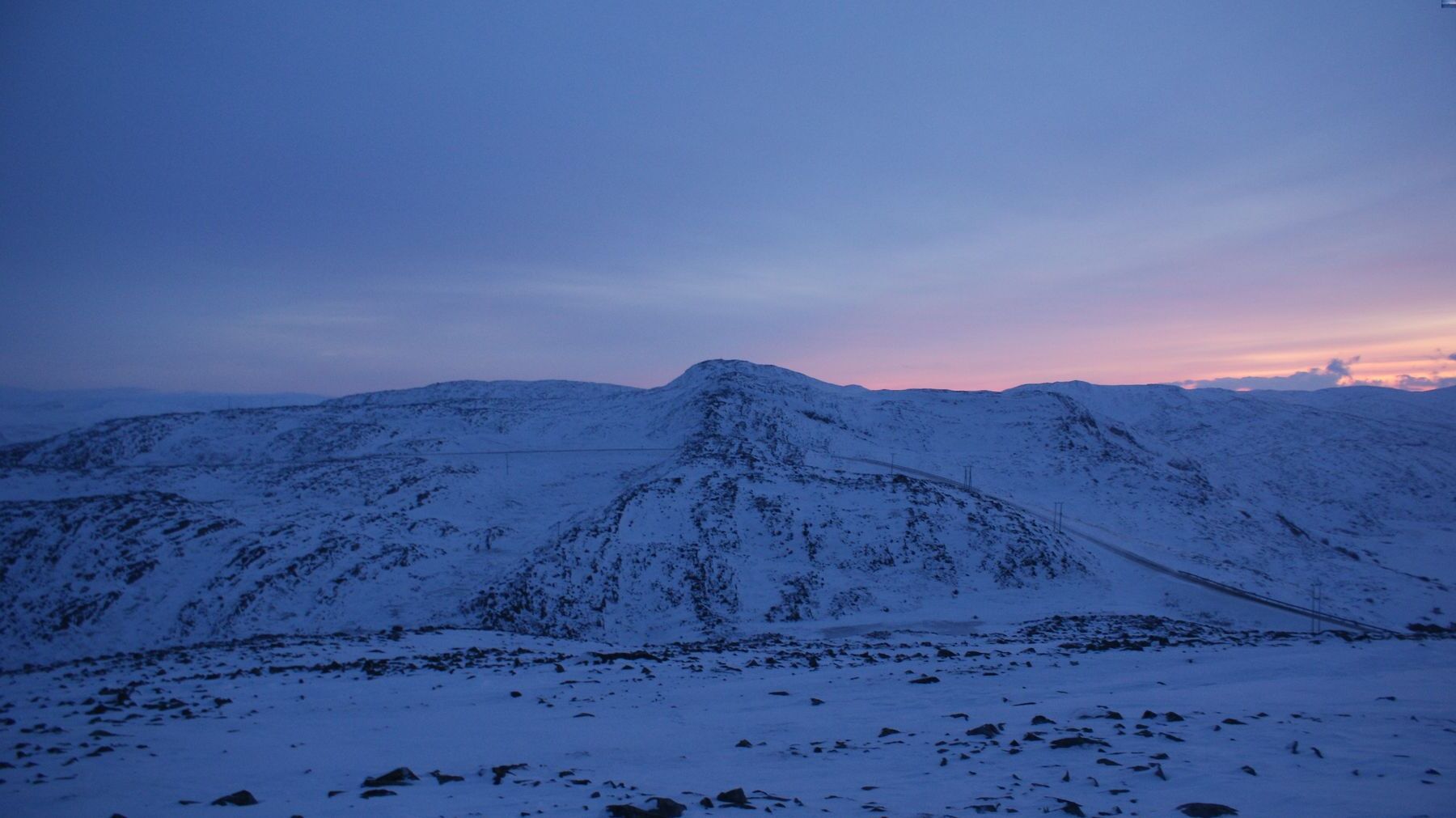
Disco isn't just about glittery outfits and funky dance moves. It’s a genre that revolutionized music and culture in the 1970s. Did you know that disco's roots can be traced back to African American, Latino, and gay communities in New York City? This vibrant music style brought people together, breaking down social barriers on the dance floor. From iconic clubs like Studio 54 to legendary artists like Donna Summer and the Bee Gees, disco left an indelible mark on pop culture. Ever wondered how the disco ball became a symbol of this era? Or why disco faced a backlash in the late '70s? Let's dive into 35 fascinating facts that will take you on a groovy journey through disco history.
Key Takeaways:
- Disco music emerged in the 1970s, blending funk, soul, and Latin influences to create a unique and energetic sound that influenced fashion, dance, and even electronic dance music (EDM).
- Despite facing a decline in the late 1970s, disco's legacy lives on through its influence on modern pop and dance music, as well as its emphasis on inclusivity and diversity that continues to resonate with audiences today.
The Birth of Disco
Disco music emerged in the 1970s, bringing a new sound and culture to the dance floors. Here are some fascinating facts about its origins and early days.
-
Disco originated in the United States during the early 1970s, primarily in New York City.
-
The term "disco" comes from the French word "discothèque," meaning a library of phonograph records.
-
Disco music was influenced by funk, soul, and Latin music, creating a unique blend of rhythmic beats and melodies.
-
The first disco club is often credited to be "The Loft," a private party space in New York City run by David Mancuso.
-
"Love to Love You Baby" by Donna Summer is considered one of the first disco hits, released in 1975.
Disco's Golden Era
The mid to late 1970s saw disco reach its peak, with iconic songs, artists, and venues defining the era.
-
Studio 54 in New York City became the most famous disco club, known for its celebrity guests and extravagant parties.
-
The Bee Gees became synonymous with disco, thanks to their contributions to the "Saturday Night Fever" soundtrack.
-
"Saturday Night Fever," released in 1977, played a significant role in popularizing disco music and culture worldwide.
-
Disco fashion included flashy outfits, platform shoes, and glitter, reflecting the vibrant and energetic nature of the music.
-
Disco balls became an iconic symbol of the genre, often seen hanging in clubs and dance halls.
Iconic Disco Songs and Artists
Many songs and artists from the disco era have left a lasting impact on music history. Here are some notable mentions.
-
"Stayin' Alive" by the Bee Gees is one of the most recognizable disco songs, known for its catchy beat and memorable lyrics.
-
Gloria Gaynor's "I Will Survive" became an anthem of empowerment and resilience, transcending the disco genre.
-
Chic's "Le Freak" was a massive hit, known for its infectious groove and catchy chorus.
-
Donna Summer, often referred to as the "Queen of Disco," had numerous hits, including "Hot Stuff" and "Bad Girls."
-
KC and the Sunshine Band produced several disco classics, such as "That's the Way (I Like It)" and "Get Down Tonight."
The Cultural Impact of Disco
Disco was more than just music; it influenced fashion, dance, and social movements.
-
Disco dancing introduced new styles, such as the Hustle and the Bump, which became popular on dance floors.
-
The genre promoted inclusivity, with many disco clubs serving as safe spaces for the LGBTQ+ community.
-
Disco's emphasis on rhythm and beat influenced the development of electronic dance music (EDM).
-
The genre's popularity led to the creation of disco-themed movies, TV shows, and even video games.
-
Disco fashion trends included bell-bottom pants, sequined dresses, and jumpsuits, which became mainstream.
The Decline of Disco
Despite its massive popularity, disco faced a backlash in the late 1970s and early 1980s.
-
The "Disco Demolition Night" event in 1979 marked a significant turning point, where disco records were destroyed in a public protest.
-
Rock music fans often viewed disco as a threat, leading to a cultural clash between the two genres.
-
Radio stations began to shift away from disco, favoring rock and new wave music instead.
-
The rise of hip-hop and punk music contributed to the decline of disco's mainstream popularity.
-
Many disco artists transitioned to other genres or faded from the spotlight as the music landscape changed.
Disco's Lasting Legacy
Even though its heyday was brief, disco left an indelible mark on music and culture.
-
Modern pop and dance music often incorporate elements of disco, such as its rhythmic beats and catchy hooks.
-
Artists like Daft Punk and Bruno Mars have drawn inspiration from disco in their music.
-
Disco-themed parties and events remain popular, celebrating the genre's vibrant and energetic spirit.
-
The genre's influence can be seen in fashion, with retro styles making comebacks in various eras.
-
Disco's emphasis on inclusivity and diversity continues to resonate with audiences today.
Fun Facts About Disco
Here are some quirky and lesser-known facts about the disco era that might surprise you.
-
The longest disco song is "Love to Love You Baby" by Donna Summer, which originally lasted over 16 minutes.
-
Disco music was often played at a tempo of 120 beats per minute, ideal for dancing.
-
The Village People's "Y.M.C.A." became a global hit and is still a favorite at parties and sporting events.
-
Disco's influence extended to advertising, with many commercials featuring disco music and dance moves.
-
The genre's revival in the 1990s and 2000s saw the rise of "nu-disco," blending classic disco elements with modern production techniques.
The Disco Era's Lasting Impact
Disco's influence on music and culture can't be overstated. Born in the 1970s, it brought people together on dance floors worldwide. The genre's infectious beats, flashy fashion, and vibrant nightlife created a unique cultural moment. Even though its popularity waned by the early '80s, disco's legacy lives on. Modern music still borrows from its rhythms and styles. Iconic tracks from artists like Donna Summer and the Bee Gees remain timeless. Disco also paved the way for electronic dance music, shaping today's club scenes. Its spirit of inclusivity and celebration continues to inspire new generations. Whether you're a fan of the classics or discovering disco for the first time, its impact is undeniable. So next time you hear that unmistakable beat, remember the era that changed music forever. Disco may have had its heyday, but its groove will never die.
Frequently Asked Questions
Was this page helpful?
Our commitment to delivering trustworthy and engaging content is at the heart of what we do. Each fact on our site is contributed by real users like you, bringing a wealth of diverse insights and information. To ensure the highest standards of accuracy and reliability, our dedicated editors meticulously review each submission. This process guarantees that the facts we share are not only fascinating but also credible. Trust in our commitment to quality and authenticity as you explore and learn with us.


